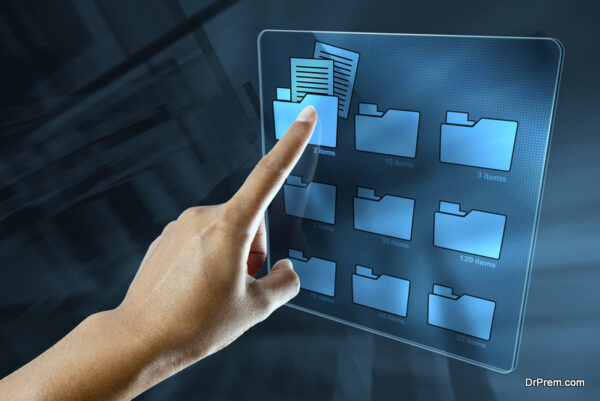Technology has enabled businesses to gather incredible amounts of data. However, after the collection, it’s not enough to merely store the data. You have to share it with the relevant persons for further analysis and decision-making. This is the essence of data transfer.
Many times, you’ll need to send the data via the internet. And, there’s no denying that the transfer process is risky due to the abundance of hackers on the web. Also, you may experience speed issues if you’re dealing with big data.
So, how do you optimize data transfer? Read below for details:
1. Use Managed File Transfer Solutions

MFT (Managed File Transfer Solutions) facilitates the secure movement of files from one server to another. Any file you set up for transfer across an MFT is first encrypted. In other words, they’re converted to a format that unauthorized persons can’t decipher the contents. This means that the intended recipient must decrypt the files before using them.
When choosing an MFT software, consider these handy features:
- Scalability: There’s no limit on the amount of data you can send. If your business grows and your data transfer demands skyrocket, all you have to do is subscribe for a higher-capacity plan.
- Flexibility: You should be able to deploy your MFT software on-premises, on the cloud, or on both platforms. You do understand that preferences change over time. Thus, an MFT with such flexibility serves you well.
- Ease Of Use: Running a business is already demanding. So, the software you choose shouldn’t complicate things. Hence, choose one that has a gratifying user interface. Also, ensure that the service provider offers support. This way, you won’t get stuck in using it.
- Clustering: This feature allows you to send large files
- Mobile-friendly: It’s not always the case that you’ll be working from your desktop. Thus, go for an MFT solution that you can seamlessly use on a smartphone.
Open-source versions of MFTs are floating around the web, but you might want to stay away from these. First and foremost, they may not have advanced security and automation features. Secondly, you may not use them perpetually because the developer may discontinue them at any time.
Thirdly, you may not get customer support, which is usually essential in understanding the ins and outs of any software. So, it’s in your best interest to purchase commercial versions, such as GoAnywhere MFT or other similar ones.
2. Get Rid Of Latency In Processing
Speed is of the essence in business. Usually, you don’t have the whole day to spare for the transfer of files. But you may be forced to wait that long if your hardware is old-school. To accelerate your data transfer times, make sure to upgrade from those relational databases and sluggish hard disks to faster options like in-memory computing.
This system allows you to store information in the main Random Access Memory (RAM), which speeds up operations. Some in-memory computing systems even register speeds up to 10,000 times faster than standard hard disks. Thus, you can depend on them for the transfer of humongous data files.
3. Upgrade Your Internet Connection

Are you using fiber, satellite, cable modem, or mobile internet? The speeds are different for all these options. Fiber optic is the fastest and most reliable internet connection option so far. So, you may want to switch to fiber optic for quicker data transfer speeds.
But if your business location has no such infrastructure, you can still consider 4G or 5G mobile internet. Satellite internet, on the other hand, is slow, especially if you connect several devices.
4. Use Multi-Factor Authentication
Ensure that the file transfer system you use requires the recipients to confirm their identity before accessing the files. This feature lessens the likelihood of cyber attackers gaining access to your sensitive data.
5. Avoid Unsafe Data Transfer Options

File transfer systems like emails, HyperText Transfer Protocol (HTTP), and File Transfer Protocol (FTP) are unsafe. Avoid them at all costs if you care about the safety of your data. They have no encryption capabilities, thus hackers may effortlessly get hold of the files.
Emails, in particular, usually involve the sharing of data across several machines before the final delivery to the recipient. This is why they’re easy prey for cybercriminals.
6. Deliver In-Person
When all is said and done, one of the safest data transfer options is perhaps the old-school in-person hand-off. Suppose your intended recipient works in the same building as you do. Don’t bother about online transfers. Just save the files in a password-encrypted USB thumb drive, walk over to their office, and give it to them.
Takeaway
The two most important considerations when transferring data are security and speed. When you get these factors catered for, you can classify your system as optimized. Thus, you may want to look for software solutions with such features. Finally, avoid the unsafe options highlighted above.
Article Submitted By Community Writer




